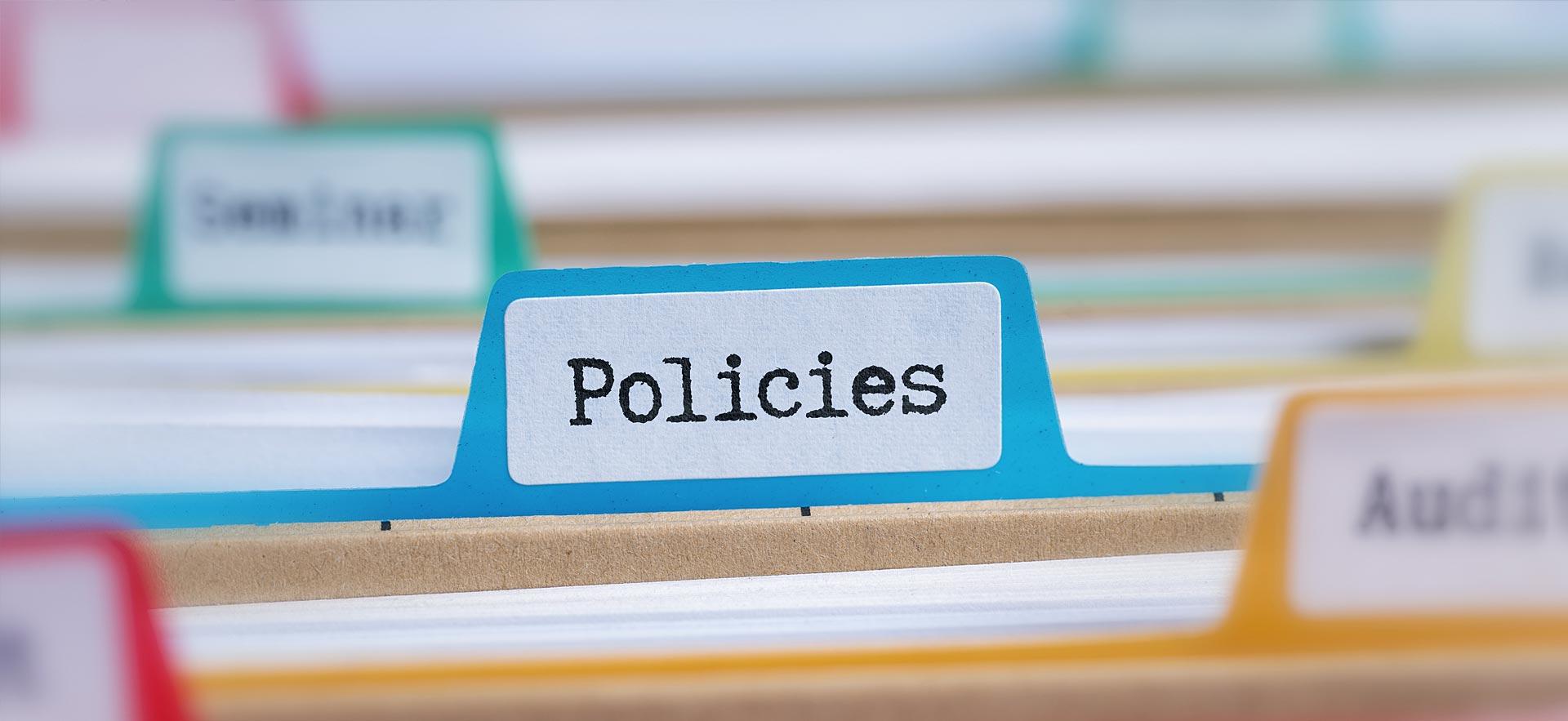5.06 – Emergency Evacuation
FOR STUDENTS WITH MOBILITY DISABILITIES
Some students who have a disability which impacts on mobility are often accompanied by an Intervenor employed by the Special Needs Office. Other students, who do not have an Intervenor accompanying them, may require assistance during an emergency. Some of the following are guidelines relating to students with mobility disabilities, visual and/or hearing impairments. It is important to note that these are guidelines which may or may not be advisable in any given circumstance. At all times the reasonableness of any action should be considered given the circumstances at hand.
A. GENERAL
1. Self-identified students with disabilities will as a part of their intake interview with a Counsellor be informed of the Emergency Evacuation procedures for students with disabilities.
2. a. In the case of an emergency evacuation outside of regular class time, it is expected that Continuing Education instructors and personnel assigned to specific service locations (Library, Athletics, open labs, etc.) will, where possible, check their specific work locations for students with disabilities who may require assistance.
b. Notwithstanding the foregoing, College employees who see and are aware of the location of students with disabilities in the College will assist where reasonably possible to do so. Students with disabilities should, if able, report their location to emergency services through the use of a Red Emergency Phone or by advising Security at extension 2712 if a telephone is available. If students with disabilities are unable to report their location to Security, they should ask passers-by for evacuation assistance.
c. Security should be contacted immediately to assist in the evacuation of any students with disabilities.
Note: Where possible, Security will physically check and ensure that all areas of the College have been evacuated during an emergency.
3. Depending on circumstances, the following are potential safe and/or collection areas:
Areas on upper or lower floors where disabled students can be taken to await assistance will usually be near the elevator, near the top of the stairwell or in the stairwell.
Note: There may be students, employees or visitors in the building who have various types of disabilities that impair their ability to evacuate during an emergency. Some of these individuals may have been identified to the Special Needs Office and have assigned Intervenors. Others may not be identified or may be in the College independently. Any employee of the College if aware or approached by an individual with a disability should provide assistance where possible.
4. Not all students with disabilities that will impair their ability to evacuate independently require the assistance of an Intervenor nor do they inform the Special Needs Office that they are a registered student. If a student with such a disability is in a classroom, the person responsible for that classroom has the same responsibility for this student as he/she does for all students in that classroom. If the student is accompanied by an Intervenor from the Special Needs Office, the Intervenor will make reasonable attempts to ensure the student’s safe evacuation.
5. Intervenors employed through the Special Needs Office may communicate with the Special Needs Office in times of emergency by utilizing either a classroom telephone or a wireless telephone. In the event the Intervenor and student are not able to communicate with the Special Needs Office, the Intervenor will, if it is reasonably possible to do so, remain with the student at the most appropriate collection area and if possible request a passer-by to notify Security or the Fire Department of their location. Should the collection area become endangered prior to the arrival of the Fire Department, the Intervenor may request the assistance of others to help transport the student to safety.
6. Further information regarding questions, concerns or requirements related to emergency evacuation of students with disabilities are to be directed to the Special Needs Office.
B. DISABILITY SPECIFIC GUIDELINES
The safe evacuation of students with mobility disabilities, visual and/or hearing impairments will be accomplished based on what is reasonable in the circumstances.
1. Non-Ambulatory
a. Provide assistance where possible and if able, assist with evacuation or reporting of location by notifying Security or the Fire Department, who will complete the rescue if deemed necessary.
b. Elevators are not used, unless specifically operated by firefighting personnel.
c. If evacuation is necessary, assistance will be provided by the Fire Department.
2. Visually Impaired
a. Explain the nature of the emergency quickly and clearly.
b. Where possible, guide the person to the nearest safe exit and escort them to the ground level exit.
c. Having reached the ground level or other safe exit, ask the person whether he/she needs any further assistance. Ensure that Security and/or other emergency services are made aware of the person and their needs.
3. Hearing Impaired
a. Explain the nature of the emergency, either by speaking clearly, or by writing a note.
b. Where possible, guide the person to the nearest safe exit and escort them to the ground level exit.
c. Having reached the safe area, ensure that the person receives any further assistance necessary.
